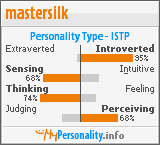Non-Height Field Rendering
 Surf's up!
Surf's up! Manuel Gamito in 1998/99. He worked on ray-domain distortion variations on QAEB tracing to render connected non-height field surfaces.
The next thing to do was to animate it. And so he did.
Manuel has since developed a complex and accurate model of shallow-water wave propagation to give this wave model a raison d'etre.




